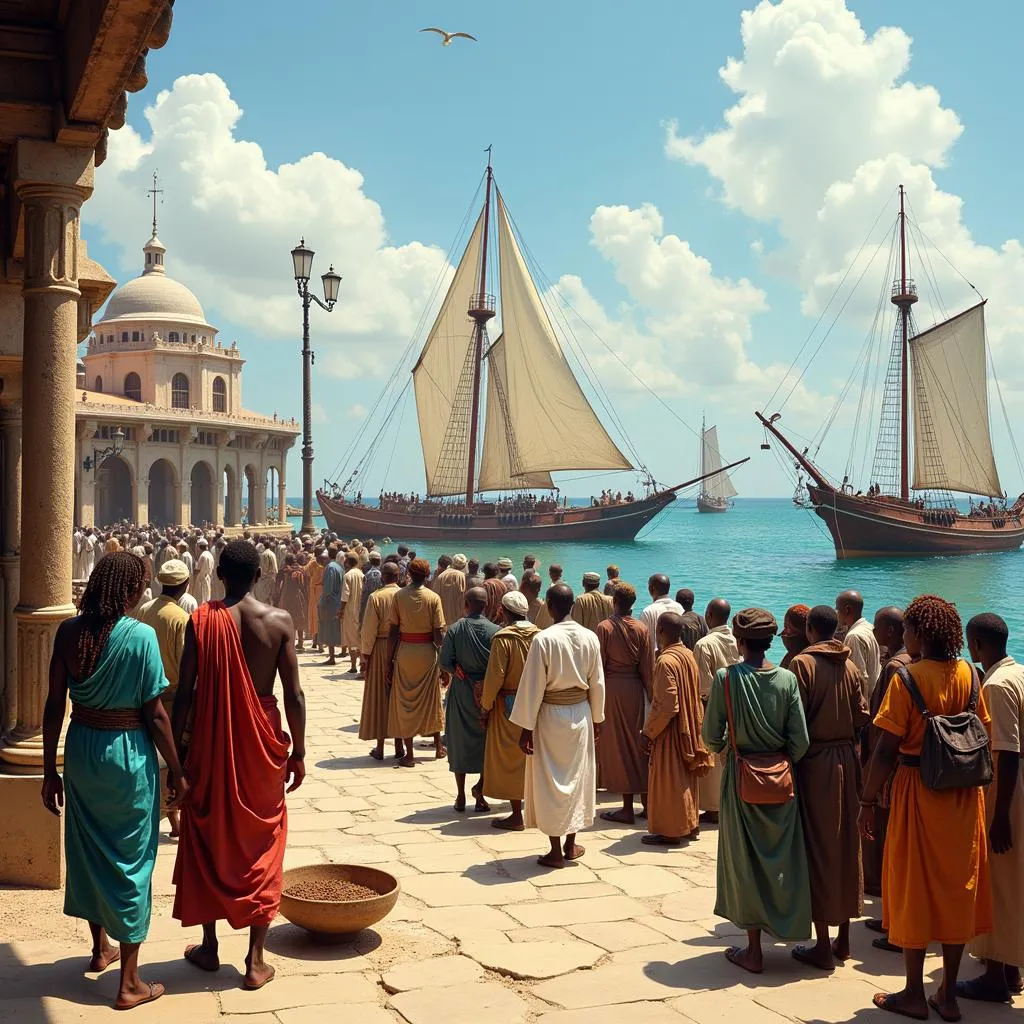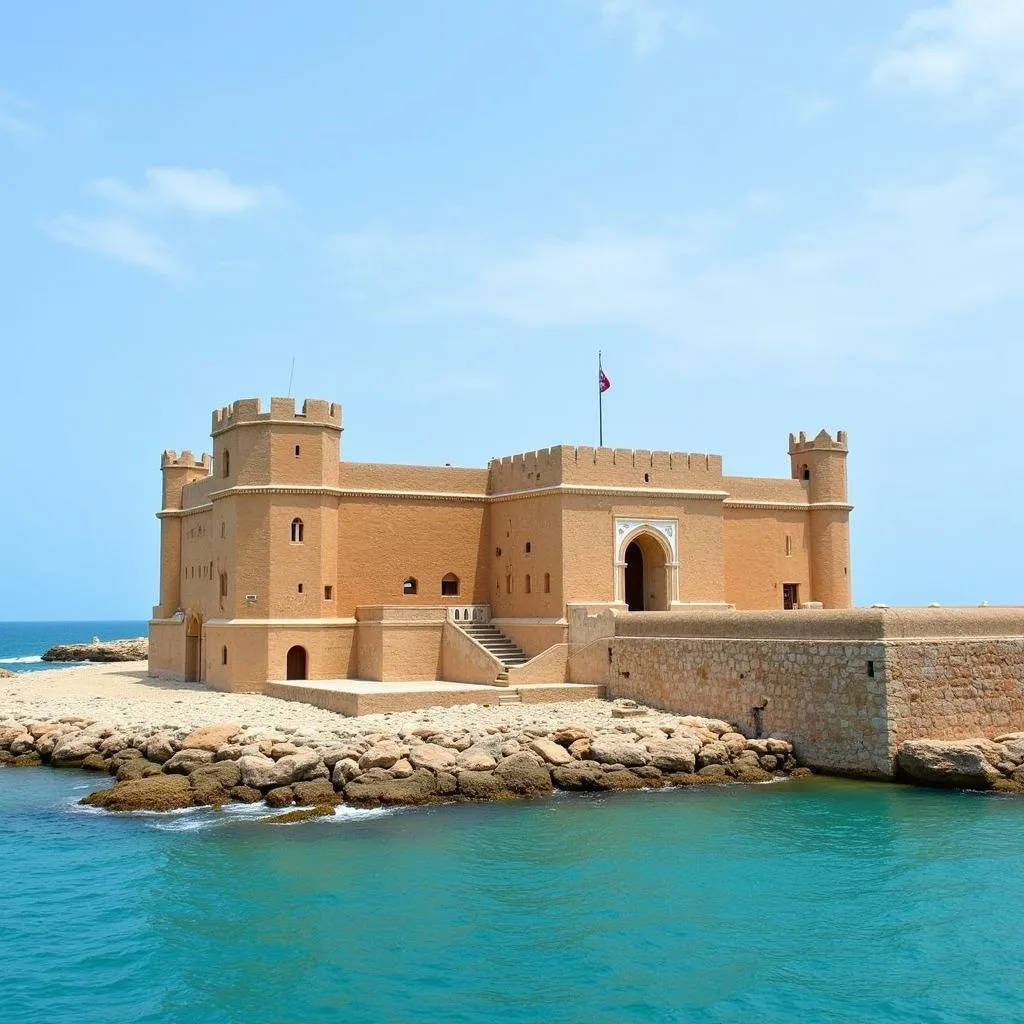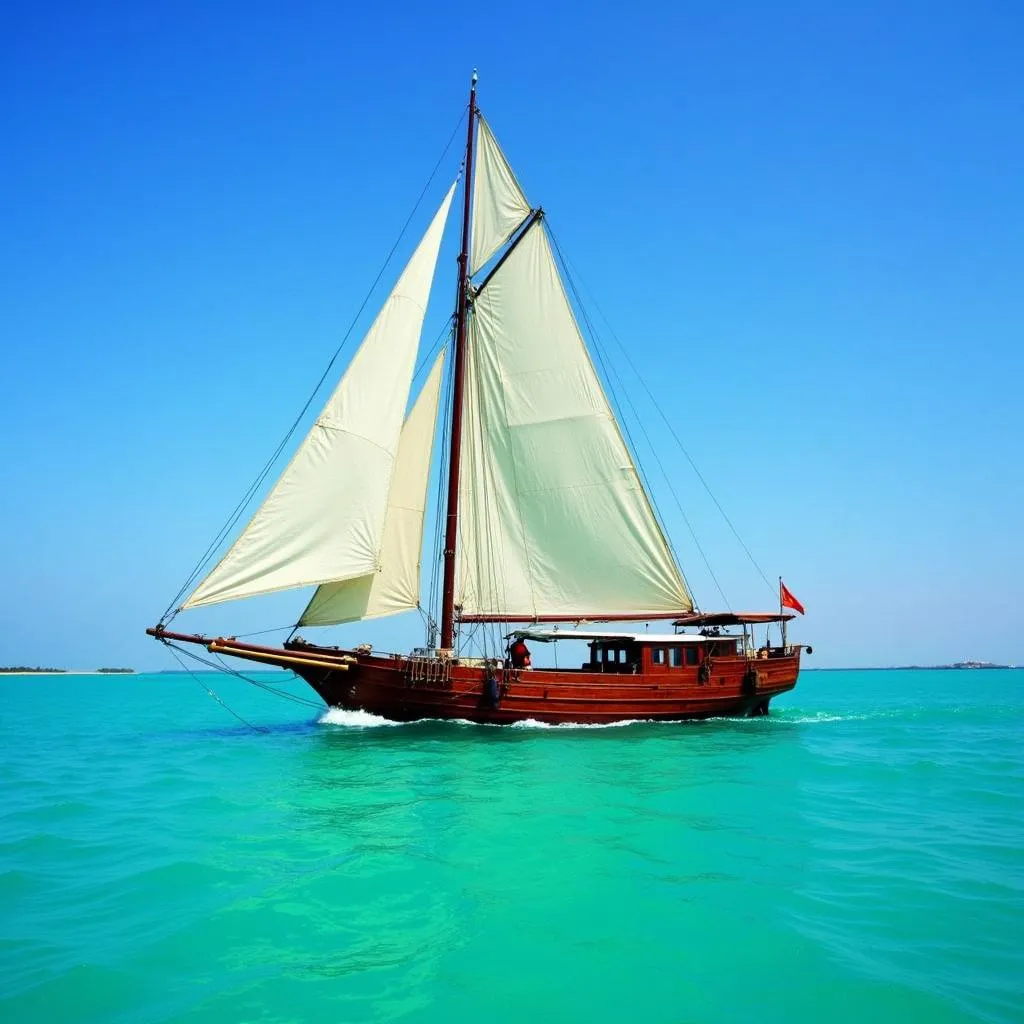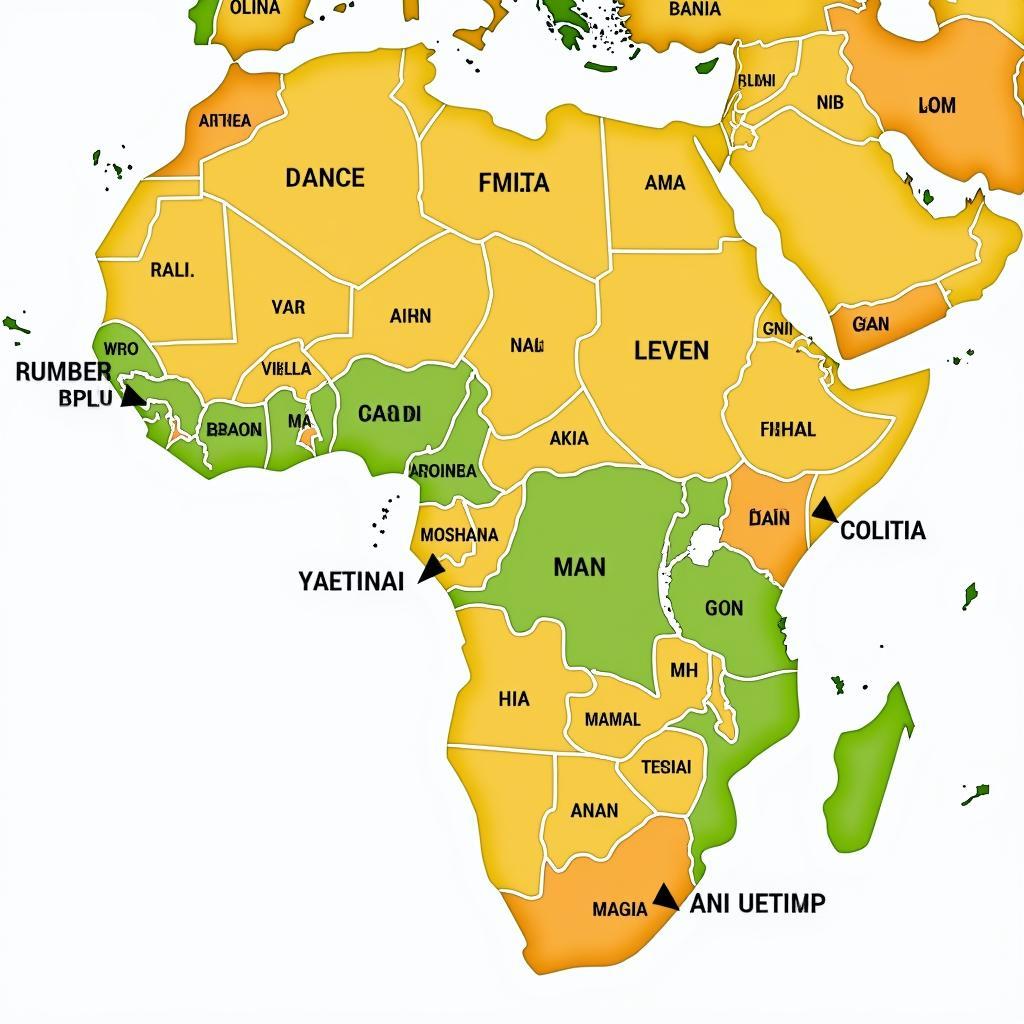Unveiling the Historical Ties Between African Eastern Oman
The captivating narrative of “African Eastern Oman” unravels a rich tapestry woven from centuries of cultural exchange, trade, and shared heritage between East Africa and Oman. This connection, deeply rooted in history, continues to shape the social, economic, and cultural landscapes of both regions.
 African Traders at Zanzibar Port
African Traders at Zanzibar Port
A Legacy of Seafaring and Spice Trade
The relationship between East Africa and Oman blossomed along the maritime routes of the Indian Ocean. Omani sailors, renowned for their seafaring prowess, harnessed the power of the monsoon winds to navigate these waters, establishing trade links with the Swahili Coast, a region encompassing present-day Somalia, Kenya, Tanzania, and Mozambique.
These voyages weren’t merely commercial endeavors; they were cultural expeditions that facilitated the exchange of ideas, languages, and customs. Oman played a pivotal role in introducing Islam to East Africa, while the Swahili language, a testament to this cultural fusion, bears the indelible mark of Arabic influence.
The allure of East Africa’s spices, particularly cloves, drew Omani traders to Zanzibar, an island that would become a cornerstone of their empire. Zanzibar’s fertile land, ideal for clove cultivation, transformed the island into a global spice hub, earning it the moniker “Spice Island.”
Zanzibar: The Jewel in the Crown of African Eastern Oman
Under Omani rule, Zanzibar flourished. The Sultanate of Oman, recognizing the island’s strategic location and economic potential, established their capital in Zanzibar in the 19th century. This era witnessed the zenith of Omani influence in East Africa.
 Oman Fort in Zanzibar's Stone Town
Oman Fort in Zanzibar's Stone Town
The architectural grandeur of Zanzibar’s Stone Town, a UNESCO World Heritage site, reflects this fusion of Swahili and Omani traditions. The labyrinthine alleys, bustling markets, and magnificent houses with intricately carved wooden doors are a testament to the island’s rich cultural heritage.
However, this period wasn’t without its complexities. The Omani reign, while instrumental in shaping Zanzibar’s prosperity, also saw the rise of the clove trade, which tragically relied on enslaved African labor. This dark chapter, though a poignant reminder of the past, underscores the multifaceted nature of the African Eastern Oman narrative.
A Shared Heritage Enduring Through Time
Though the Omani Sultanate’s political influence in Zanzibar waned with time, the cultural and societal ties they forged have proven remarkably resilient. Even today, the echoes of this shared heritage resonate in the music, cuisine, and traditions of both regions.
The tantalizing flavors of Zanzibari cuisine, a delightful blend of African, Arab, Indian, and Persian influences, showcase the culinary legacy of this historical connection. Dishes like biryani, pilau, and mandazi, staples in both Zanzibari and Omani households, highlight the shared culinary traditions.
 Traditional Dhow Sailing the Indian Ocean
Traditional Dhow Sailing the Indian Ocean
The spirit of “African Eastern Oman” transcends geographical boundaries. It’s a testament to the enduring power of human connection, forged through centuries of interaction, exchange, and shared experiences. It’s a history that deserves to be explored, understood, and celebrated.
Exploring the African Eastern Oman Connection
What were the primary goods traded between East Africa and Oman?
The trade relations thrived on the exchange of various goods. East Africa provided ivory, gold, timber, and slaves, while Oman offered dates, fish, textiles, and pottery.
How did Omani architecture influence Zanzibar?
Omani architectural influence is evident in Zanzibar’s Stone Town, characterized by coral stone buildings, ornate wooden doors, and enclosed courtyards, reflecting a blend of Swahili and Omani aesthetics.
What are some examples of shared cultural practices?
Both regions share cultural practices like henna body art, traditional music featuring the oud instrument, and celebrations like Eid al-Fitr, illustrating the enduring cultural exchange.
Delve Deeper into the Rich Tapestry of Africa
For those eager to explore this fascinating historical connection further, we recommend exploring these related topics on our website:
- African Gulf Countries Name List: Discover the list of African countries with coastlines on the Arabian Gulf.
- African Capitals in Alphabetical Order: Explore the capital cities of African nations, offering insights into their political and cultural landscapes.
Understanding the intricacies of “African Eastern Oman” provides a captivating glimpse into the interconnectedness of our world, showcasing how historical interactions continue to shape our present-day realities.
Need Assistance?
For any queries or assistance, feel free to contact us:
- Phone: +255768904061
- Email: kaka.mag@gmail.com
- Address: Mbarali DC Mawindi, Kangaga, Tanzania
Our dedicated customer support team is available 24/7 to assist you.

